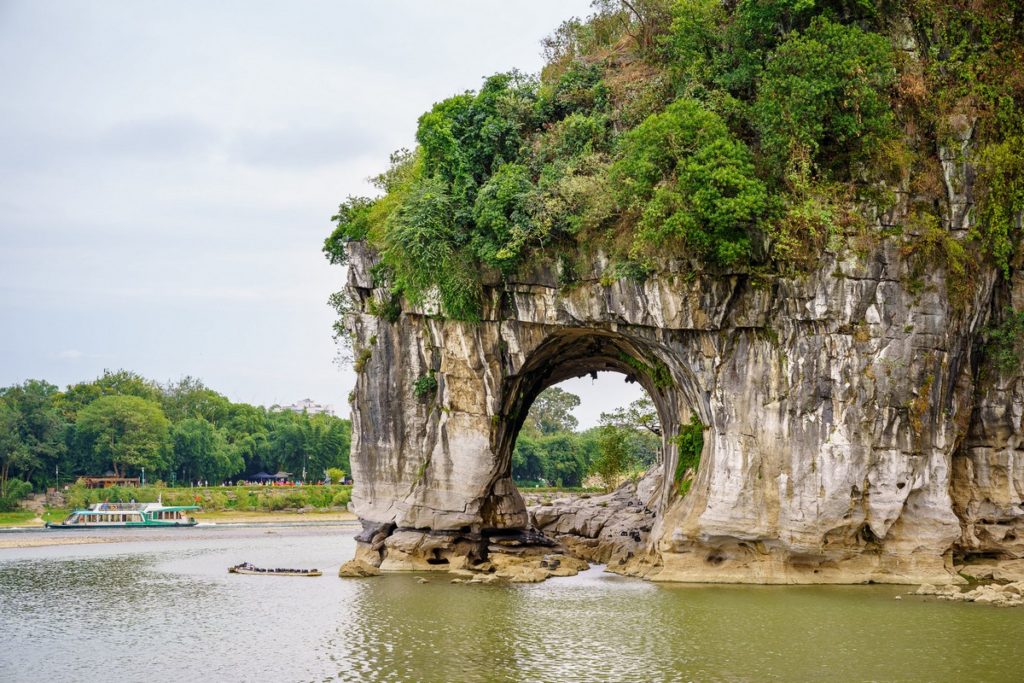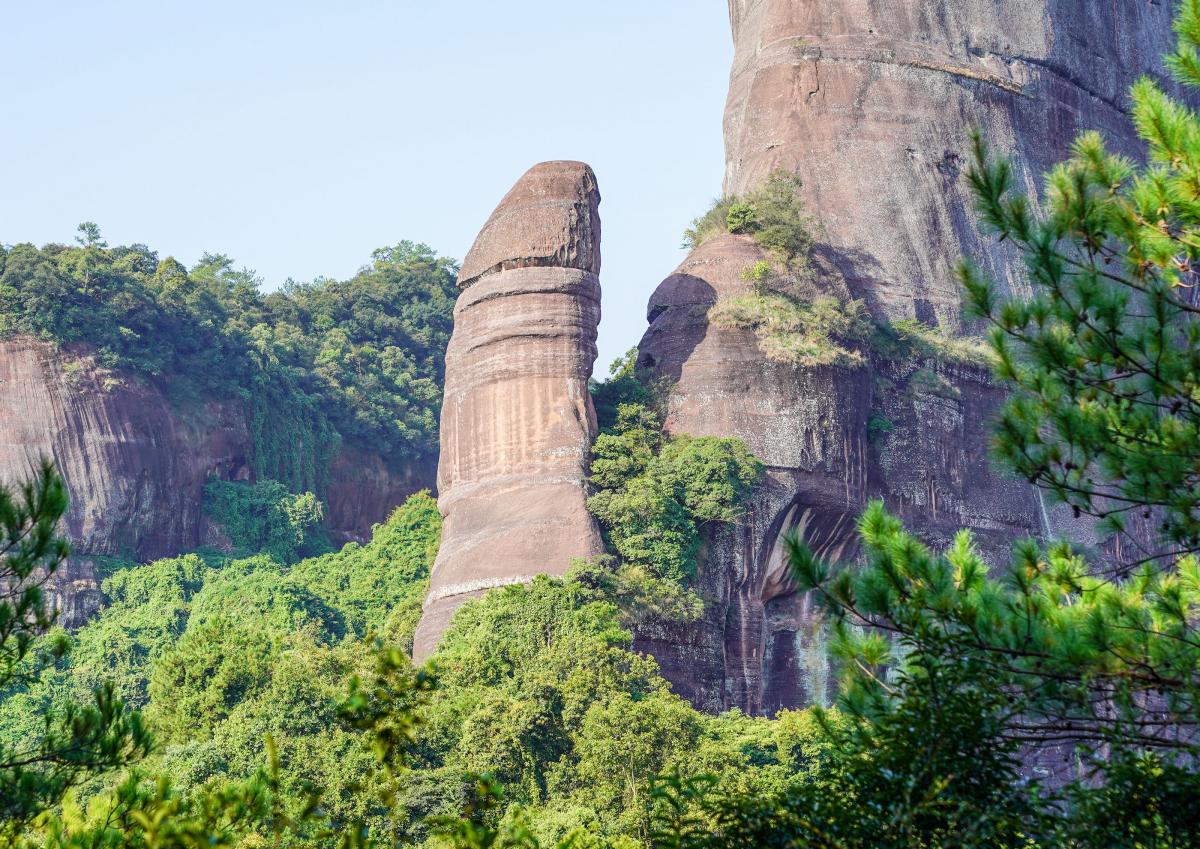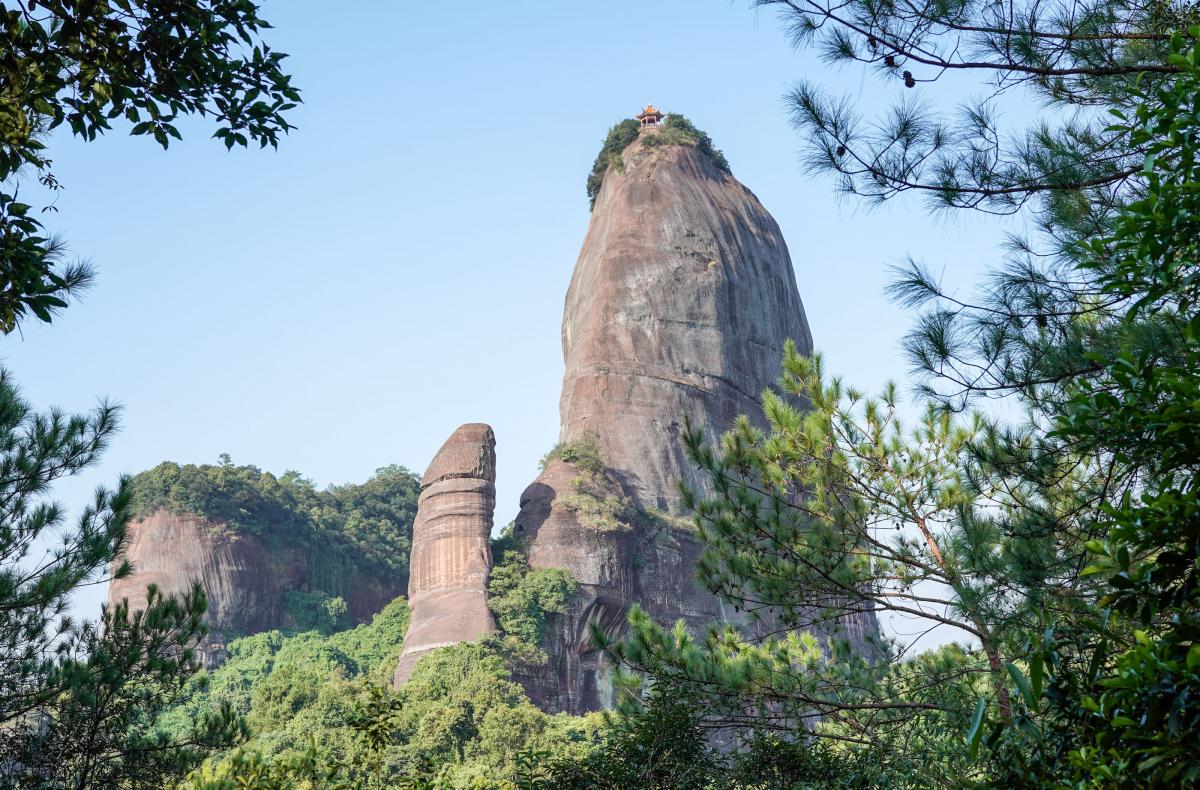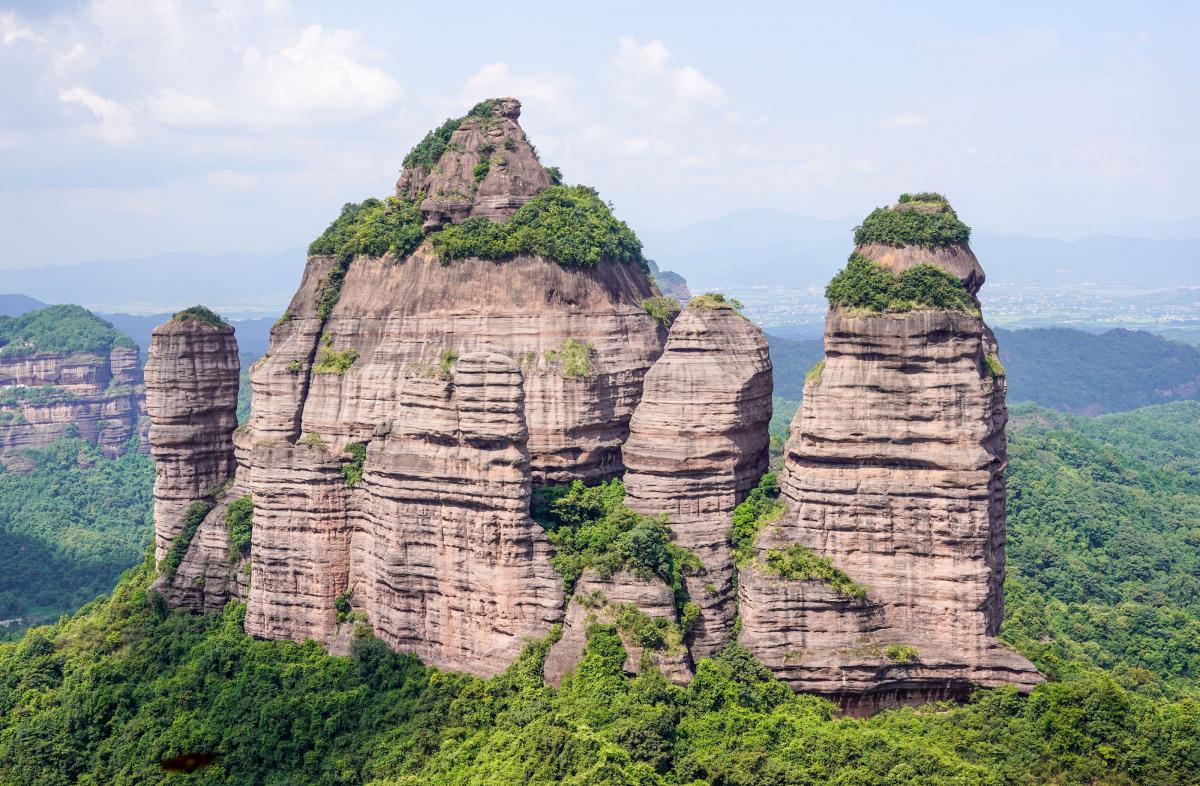Many of you may have noticed that I rarely write about food. Photos of food or meals on Instagram are not my strong suit :) However, it would be wrong to say I’m indifferent to food. Absolutely not! These are my favorite kinds of cuisine:
- Chinese cuisine. To be more precise, all types of Chinese cuisine, and above all, South Xianggang cuisine (is that the proper name for it?).
- Japanese cuisine. To be more precise, all types of Japanese cuisine with their fresh, fried, grilled, roasted, boiled, etc. food. (Which reminds me of this video about the mysteries of Japanese cuisine.)
- All other Asian food.
- The entire culinary spectrum of the Caucasus. (The challenge here is to stay within the confines of lunch and dinner rather than succumbing to all-out gluttony…which I don’t think is right.)
- Borscht.
- That’s probably enough, or we may descend into the aforementioned gluttony :)
So now, I need the help from the audience.
There is a remarkable vegetable that grows in China (or, more correctly, on Hainan island). When cooked, it looks like this:
Its name in Mandarin is 四角豆.
“Four-cornered beans” according to my translation tool. Indeed, this veg has a very distinct four-cornered stalk. When preparing it, they chop the stalk at an angle (which results in rectangles with sharp corners) and pour on some seasoning.
I’ve never seen this vegetarian dish anywhere outside Hainan, and that includes Hong Kong which is just next door. This vegetable only grows in Hainan, and that’s where it all seems to get eaten.
So, two questions.
- What’s the proper name for this vegetable in Russian and English?
- Just in case I’m wrong, does anyone know if this tasty veg is on sale anywhere outside China? Would be great to know.
Thank you all in advance!
// After all that I have a strong urge to go and have lunch :)












































